How to search and find ancient farmsteads in plowed fields?
Anticipating in advance rabid accusations in the style of “Why are you walking and digging radishes in the sown fields!!!” I would like to clarify right away that the field in the photographs is not sown, but only disced and prepared for sowing.
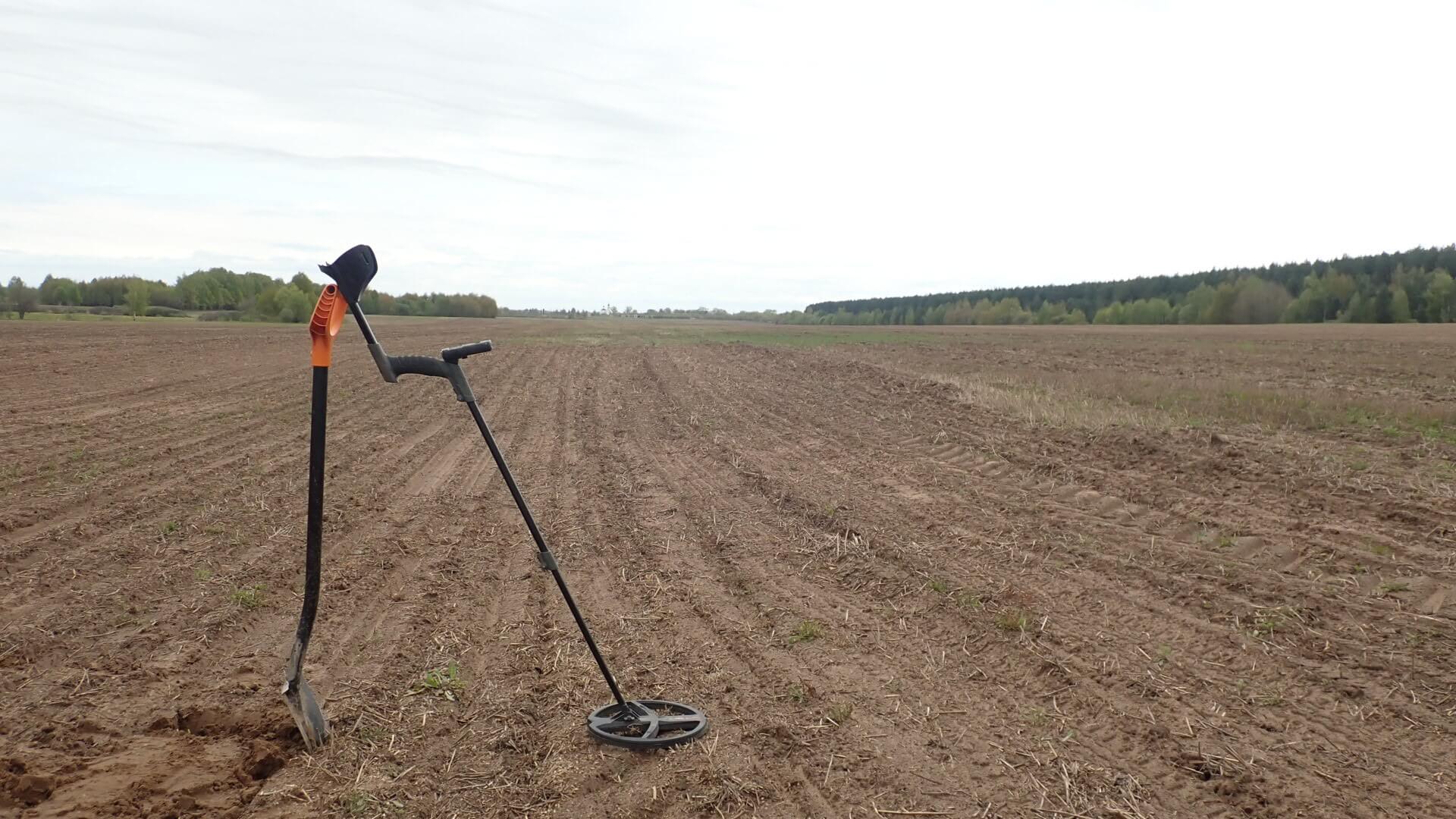
And now about the main thing. And, as a primer to the main material, I’ll immediately post a photo of the results of my today’s trip to dig in the plowed fields. To be objective, I note that ¾ of the total number of finds were found in just three hours before the evening.

Introductory. I went out digging today not knowing where exactly I would be digging. I simply chose the direction and, as I moved, inspected which fields near the road were plowed, which had already been sown, and which had been planted and were about to be sown. The latter interested me primarily.
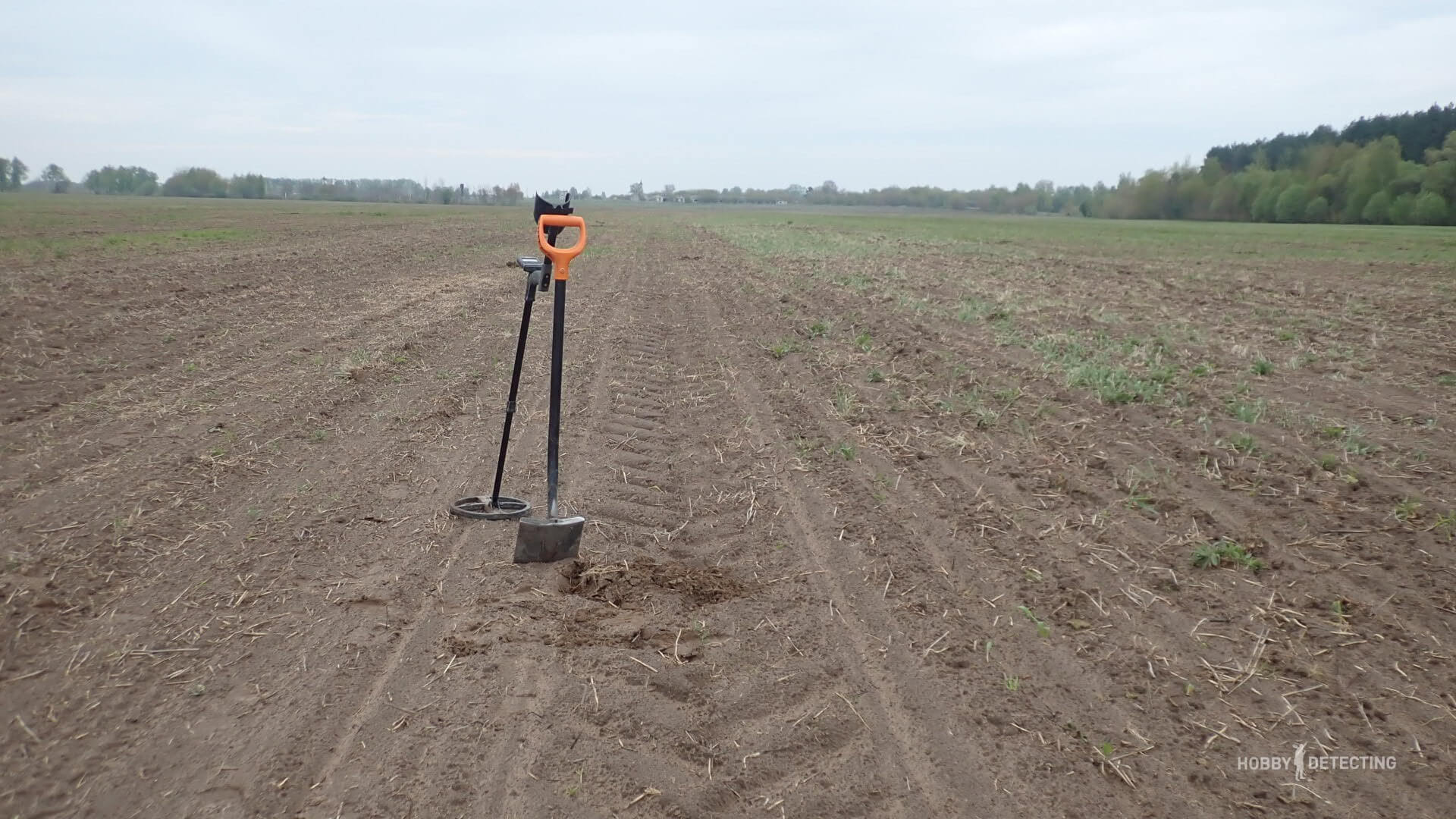
And now, a suitable field has been selected. This field was located between two very large and ancient villages, which is why there was much more interest in it than in other similar fields in the area.
To understand what I wanted and where, first of all, I would need to scout, I opened the application and looked at where the roads ran along this field, approximately, according to the Mende map. As it turned out, the roads passed in three different places. Approximately it turned out to be one punishment, along the other edge and in the middle.
He collected the device, put on his belt and went. Well, then it’s all a matter of technique, skills, instincts and experience. When exploring new places, the metal detector is secondary. First of all, it is important to have good vision.

Broken ceramics. According to the general and widespread opinion, the presence of broken ceramics in a plowed field, and not only a field, is a clear and main sign that here, right here, people once lived and did something for themselves. This is true, but it is not always the case.
Broken ceramics could have gotten into this area of the field with manure from the barn. Once upon a time, arable fields were divided into strips among peasants. And each owner tried to cultivate and fertilize his strip. What did you fertilize with then? That's right, manure. So it turns out that the ceramics on the field may be the result of such fertilizer. And, no matter how much desire and perseverance you have, you won’t be able to find any finds here.
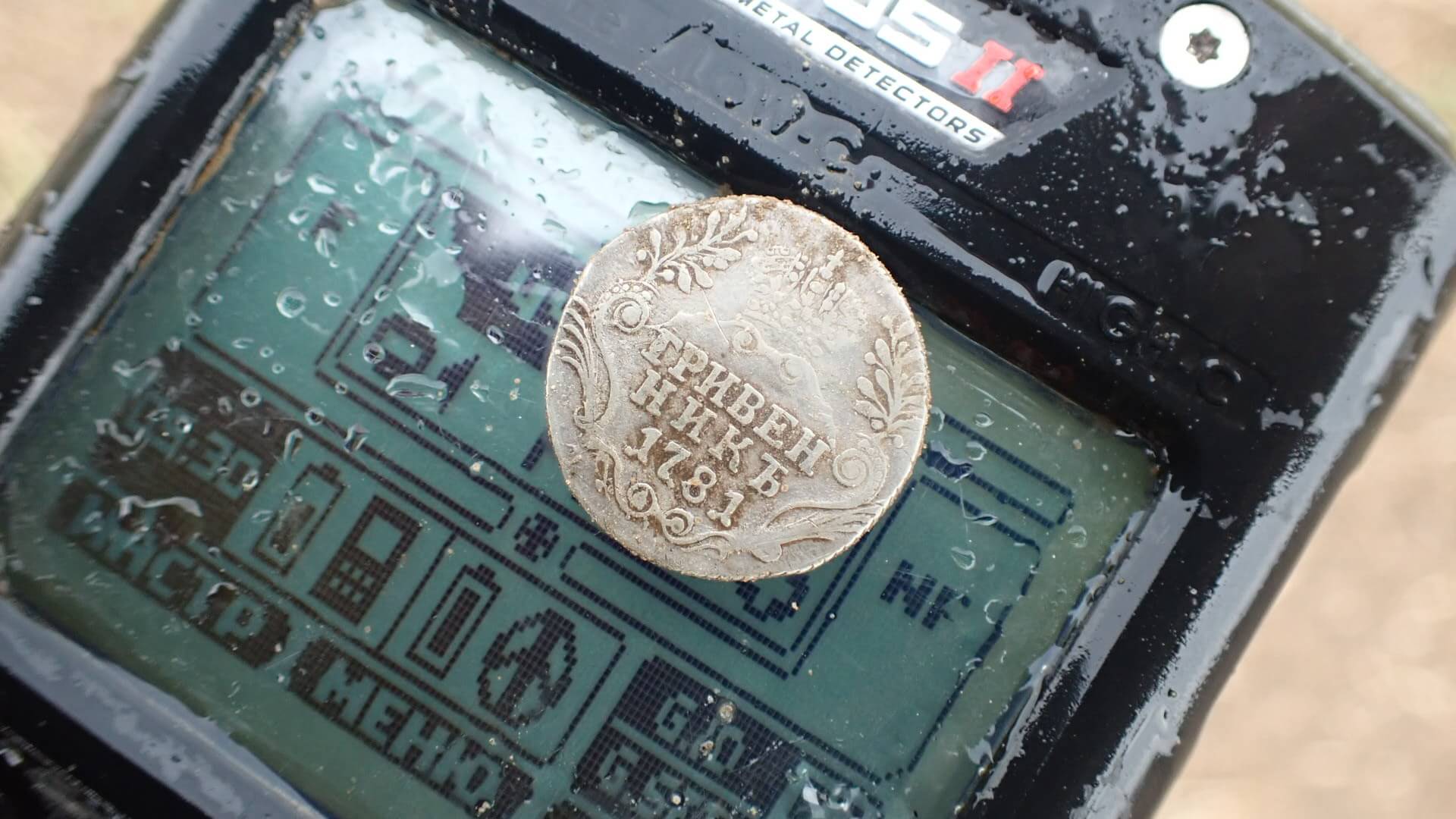
It's important to understand. With the arrival of manufactured pottery in one area or another in the central zone of the Russian Empire, the amount of broken ceramics in settlements decreases sharply. The quality of pots and other utensils increased sharply, causing the fighting to sharply decrease. Moreover, thrifty owners stopped throwing away ceramic shards under their feet or in the yard, but began collecting them for further use on the farm. So, in a large number of settlements of the 18th and 19th centuries, broken ceramics are practically absent.
Forged nails. Another clear sign that you need to stop and circle more diligently in a certain area of the field is a sharp surge in iron signals. However, the field is not a forest for you, there is much more third-party hardware, much more, too much. Even if, while exploring new places, you bother yourself with digging for iron signals, this does not guarantee against mistakes. Forged nails, a sign of settlements from the 19th and 18th centuries, may end up on the field for the same reason as pottery. And to be precise, with ash and ashes. The options are different. The old barn burned down in a fire or was dismantled, sawed up and burned in the stove in the winter. And, the ash ended up in the field as fertilizer for a separate peasant strip.

It's important to understand. Now all the fields look equally uniform and monotonous, and one tractor plows them in a part-time job. And also, some hundred years ago, such a field was divided into tens, or even hundreds of plots according to the number of courtyards in the neighboring village. And, the peasants squeezed in those strips, whoever wanted what. From which, quite naturally, they tried to fertilize these strips and improve them in every possible way.
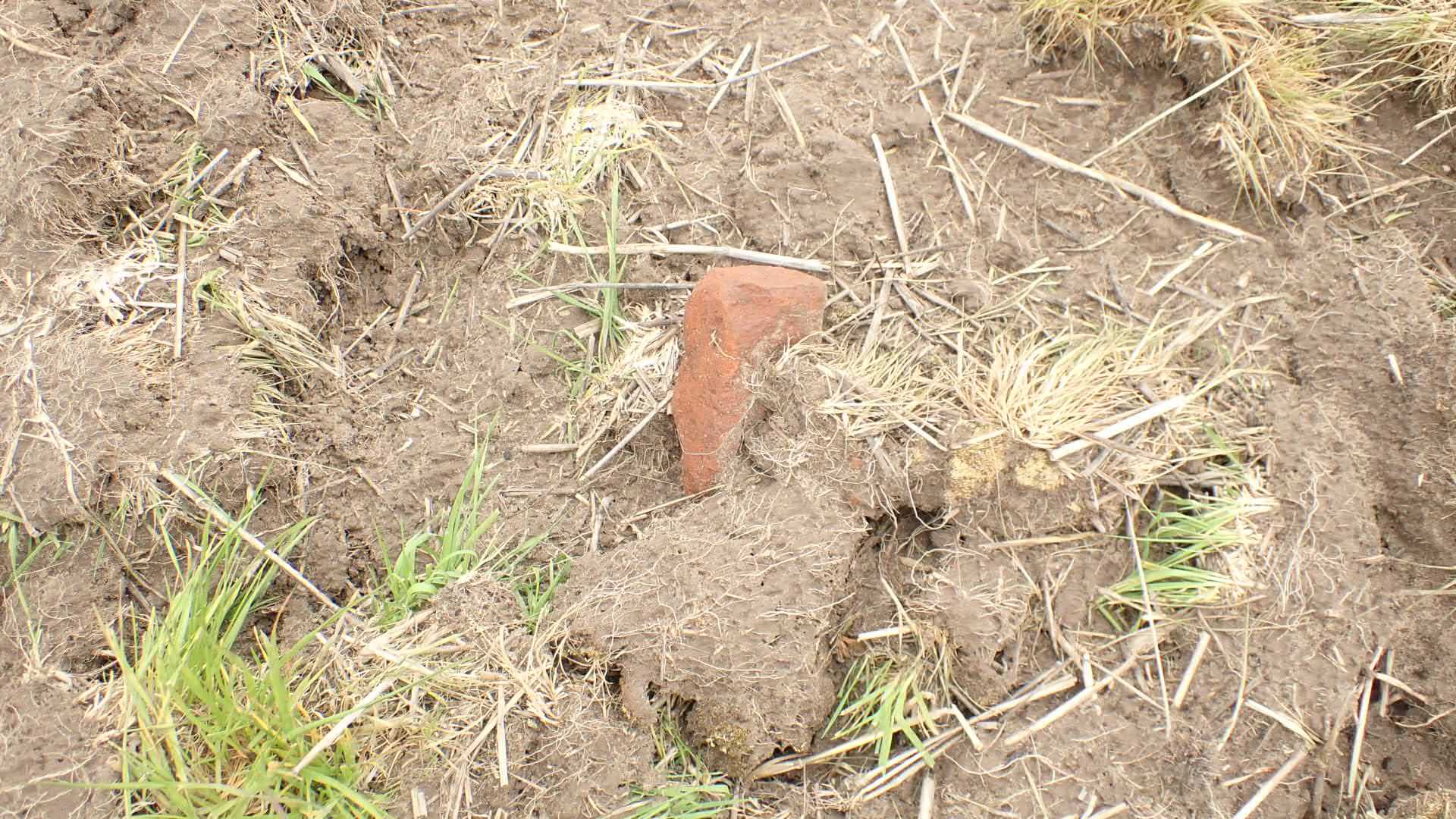
Broken brick. In the case of bricks, everything is simple. The main thing is to understand where the brick is ancient and where the modern silicate)) This is irony. Accumulations of broken red bricks in a plowed field are a sure sign that you should look for a farmstead or dacha here.

Soputka. Such a slang word from the vocabulary of an experienced digger. And, this term includes a lot of varieties of all kinds of colored garbage. In the forest, any metal product can be a companion. Be it copper, tin or iron. There is already a lot of iron in the field for various subjective reasons. Therefore, the main sign of a farm or cottage on a plowed field is scrap of non-ferrous products.
The photo below shows examples of a typical copper companion from a farm I found.
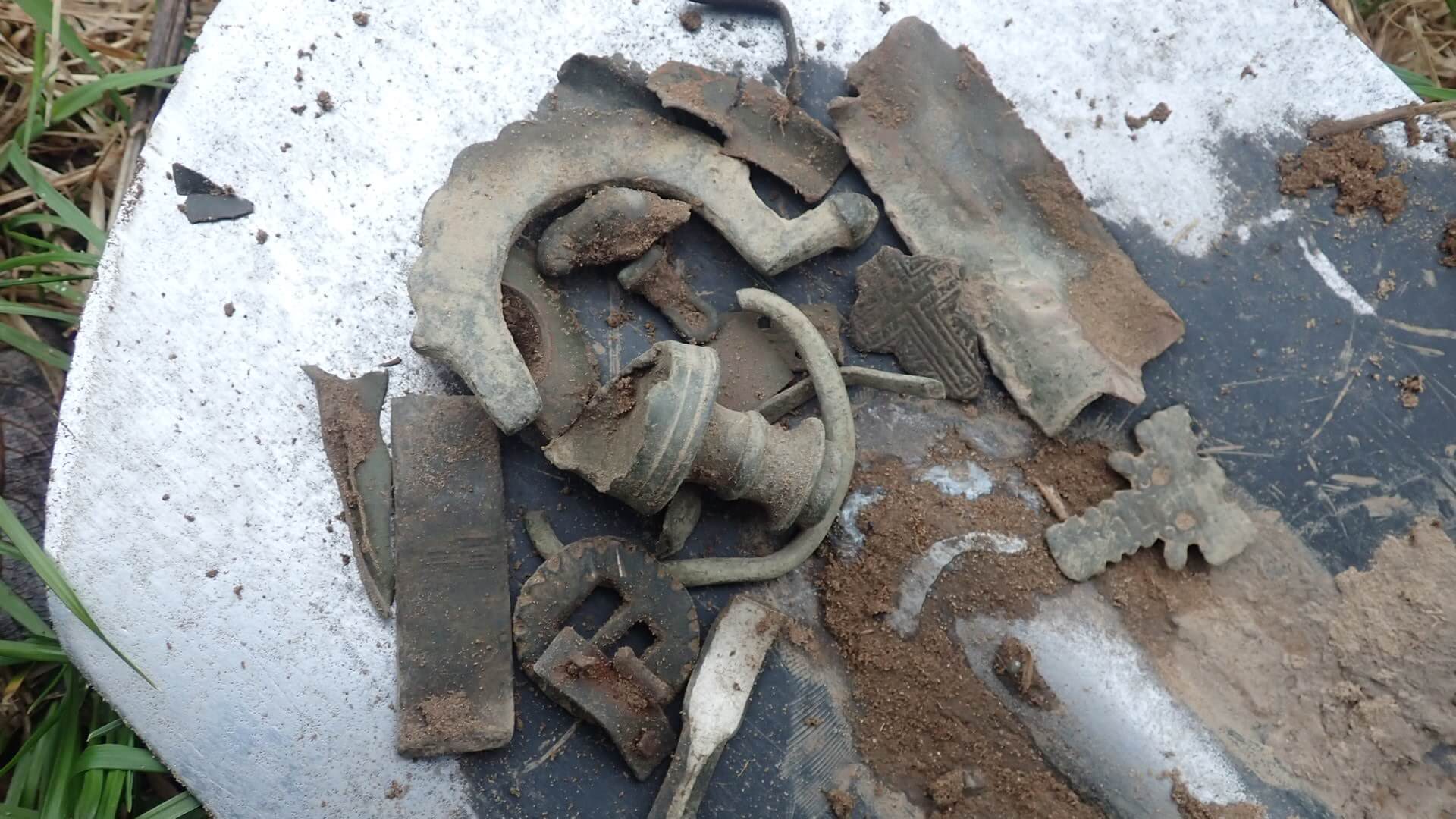
Total: When exploring a new field, you need to move quickly across the field and explore large areas in the shortest possible time. And only the combination of two or more factors described in this note on a short segment of the route can and should cause a decrease in the speed of movement on the marked route. To continue to conduct a more thorough inspection and review of this location.

It's important to understand. It also happens that several factors come together in a particular area of the field. Ceramics, bricks, nails. But there are no coins or other interesting finds there. No, not at all. Moreover, there is practically no accompanying road in this area. Don't worry about this secret. It's simple. It’s just that someone before you had already visited this place and dug up everything that sounded like a colored background.
